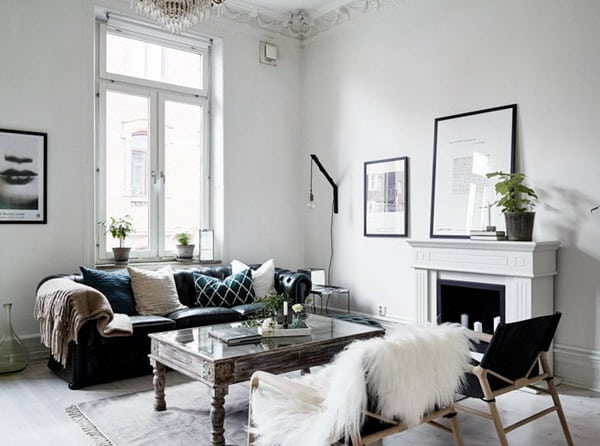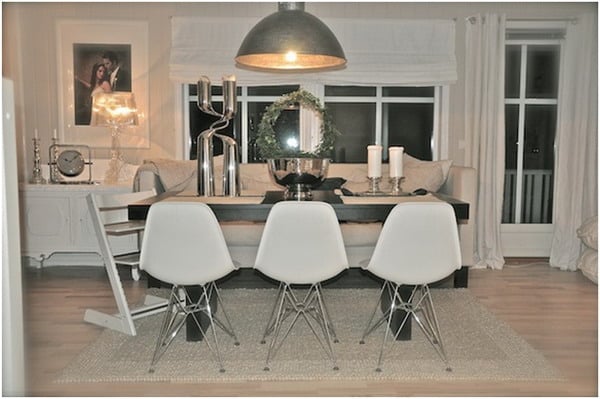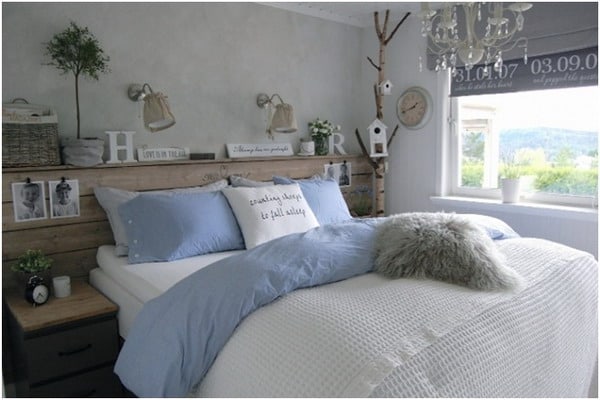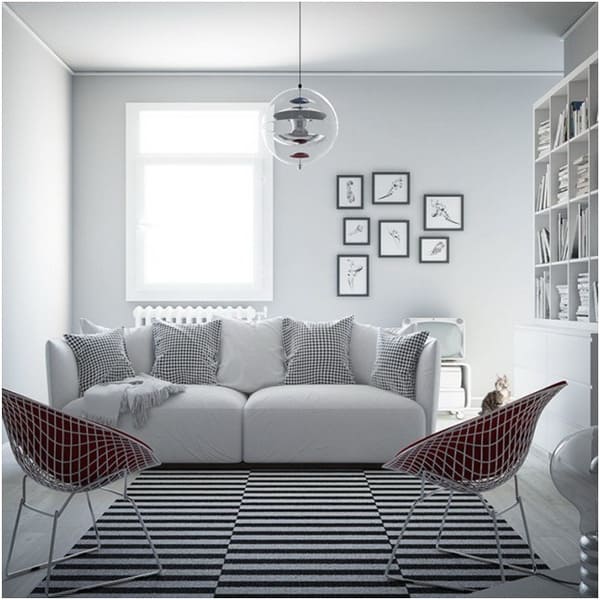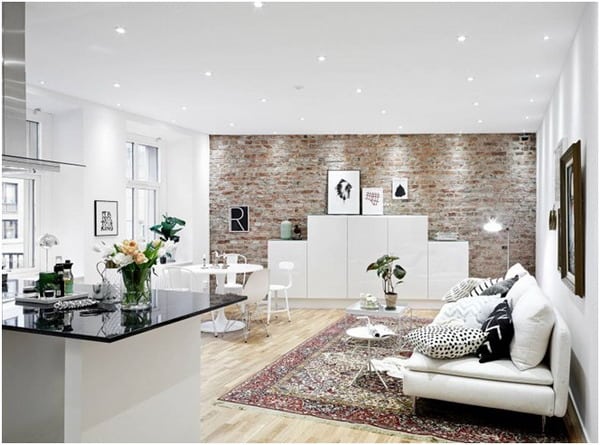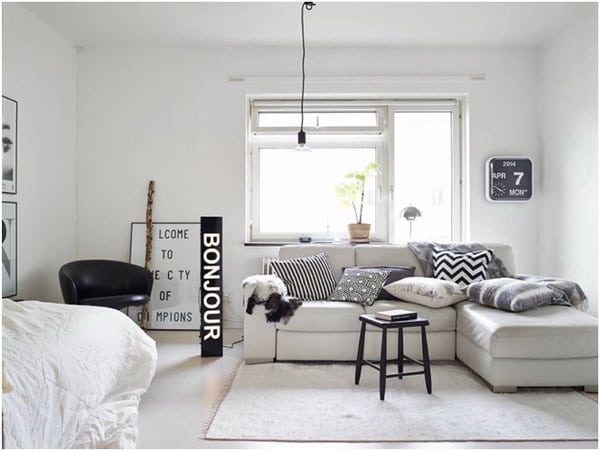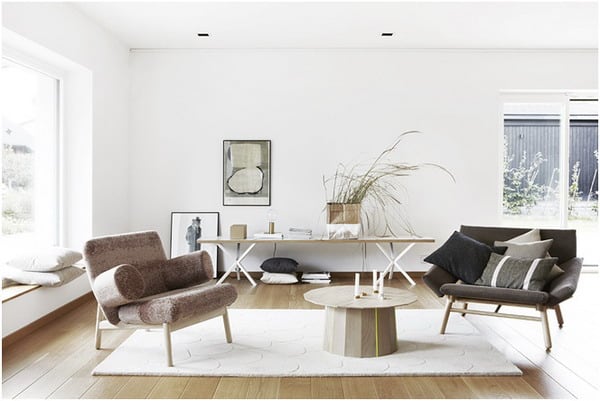As we approach 2026, the focus on eco-friendly building materials continues to intensify. Homeowners and builders alike are increasingly recognizing the importance of sustainability in construction and renovation projects. This shift is driven by growing environmental awareness, stricter regulations, and a desire to reduce the carbon footprint of our living spaces. In this article, we will explore the top eco-friendly exterior materials that are set to dominate the market in 2026, offering a glimpse into the future of sustainable design.
1. Recycled and Upcycled Materials
Recycled and upcycled materials are leading the charge in eco-friendly exterior design. These materials are not only environmentally responsible but also offer unique aesthetic qualities. For instance, recycled glass can be used in countertops, tiles, and decorative panels. Its use reduces the need for raw materials and minimizes waste. Similarly, upcycled metal from old industrial equipment can be transformed into roofing, siding, and decorative elements, adding a distinctive character to buildings.
Recycled concrete is another innovative material making waves. By crushing old concrete and reusing it, builders can reduce the demand for new raw materials and cut down on construction waste. This process also lowers the carbon emissions associated with cement production, making recycled concrete a sustainable choice for foundations and exterior walls.
2. Bamboo and Other Sustainable Wood Alternatives
Bamboo is gaining popularity as a sustainable alternative to traditional hardwoods. As one of the fastest-growing plants on Earth, bamboo can be harvested quickly and replenishes itself rapidly, making it an ideal choice for eco-conscious builders. Bamboo is used in a variety of applications, including siding, decking, and trim. Its natural durability and aesthetic appeal make it a versatile material for modern exterior designs.
Other sustainable wood alternatives include cork and engineered wood products. Cork, harvested from the bark of cork oak trees, is a renewable resource that can be used for siding and insulation. Engineered wood products, such as cross-laminated timber (CLT), are made from smaller, sustainably sourced wood pieces bonded together to create strong and stable materials for exterior use.
3. Green Roof Systems
Green roofs, also known as living roofs, are a trend that is expected to grow in prominence by 2026. These systems involve growing vegetation on rooftops, which provides numerous environmental benefits. Green roofs help to insulate buildings, reducing the need for heating and cooling. They also absorb rainwater, reducing runoff and lowering the risk of flooding.
The choice of vegetation for green roofs varies from low-growing sedums to more substantial plants and grasses, depending on the building's design and location. In addition to their environmental benefits, green roofs create a natural habitat for wildlife and enhance the aesthetic value of buildings.
4. Low-Impact Siding Materials
Low-impact siding materials are designed to minimize environmental harm while offering durability and aesthetic appeal. Fiber-cement siding, for example, is made from a mixture of cement, sand, and cellulose fibers. This material is highly durable, fire-resistant, and requires minimal maintenance, making it a long-lasting and eco-friendly choice.
Wood-plastic composites (WPCs) are another sustainable option. These materials combine recycled wood fibers and plastic to create siding that is resistant to moisture, pests, and decay. WPCs offer the look of traditional wood siding with a fraction of the environmental impact.
5. Solar Panels and Photovoltaic Materials
The integration of solar panels and photovoltaic materials into exterior design is becoming increasingly common. These technologies allow buildings to harness solar energy, reducing reliance on non-renewable power sources. Advances in solar panel design have made it possible to integrate these panels seamlessly into building materials, such as roofing tiles and facades.
Solar shingles, for example, are a type of photovoltaic material that blends in with traditional roofing materials. They provide the same energy benefits as conventional solar panels while maintaining the aesthetic integrity of the building's exterior.
6. Innovative Insulation Materials
Insulation plays a crucial role in improving energy efficiency and reducing environmental impact. Spray foam insulation, made from renewable and low-impact materials, offers excellent thermal performance and helps to seal gaps and leaks effectively. This reduces the need for additional heating and cooling, leading to lower energy consumption.
Hempcrete is another innovative insulation material that is gaining traction. Made from hemp fibers mixed with lime, hempcrete is both sustainable and highly effective at regulating indoor temperatures. It also has excellent moisture-regulating properties, contributing to a healthier indoor environment.
7. Sustainable Paving Solutions
Paving materials also play a significant role in eco-friendly exterior design. Permeable pavers are designed to allow water to flow through the surface, reducing runoff and helping to recharge groundwater. These pavers come in various materials, including recycled concrete and plastic composites.
Recycled asphalt is another sustainable paving option. By reusing old asphalt, builders can reduce the need for new raw materials and cut down on waste. Recycled asphalt is durable and cost-effective, making it an excellent choice for driveways and walkways.
Conclusion
As we look ahead to 2026, the demand for eco-friendly exterior materials is set to rise. From recycled and upcycled materials to innovative insulation solutions and sustainable paving options, there are numerous ways to create a greener and more sustainable built environment. By choosing materials that minimize environmental impact and enhance energy efficiency, homeowners and builders can contribute to a more sustainable future.
For a more detailed look into eco-friendly exterior materials and their benefits, visit this comprehensive guide. Embracing these sustainable options is not only a step towards reducing our environmental footprint but also an opportunity to enhance the beauty and functionality of our living spaces.

















